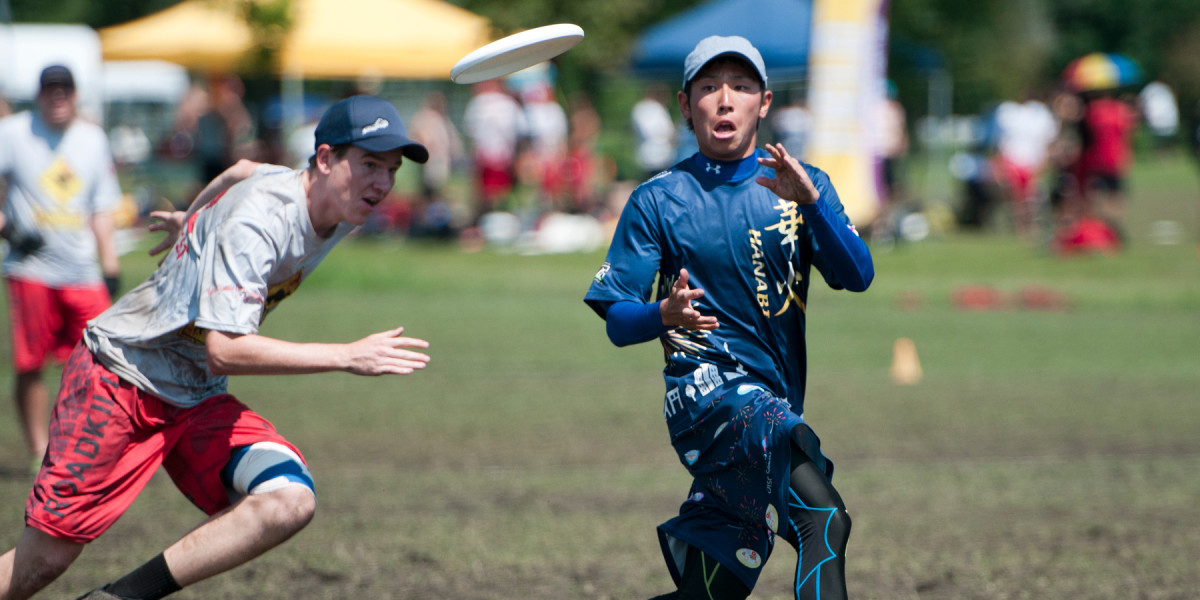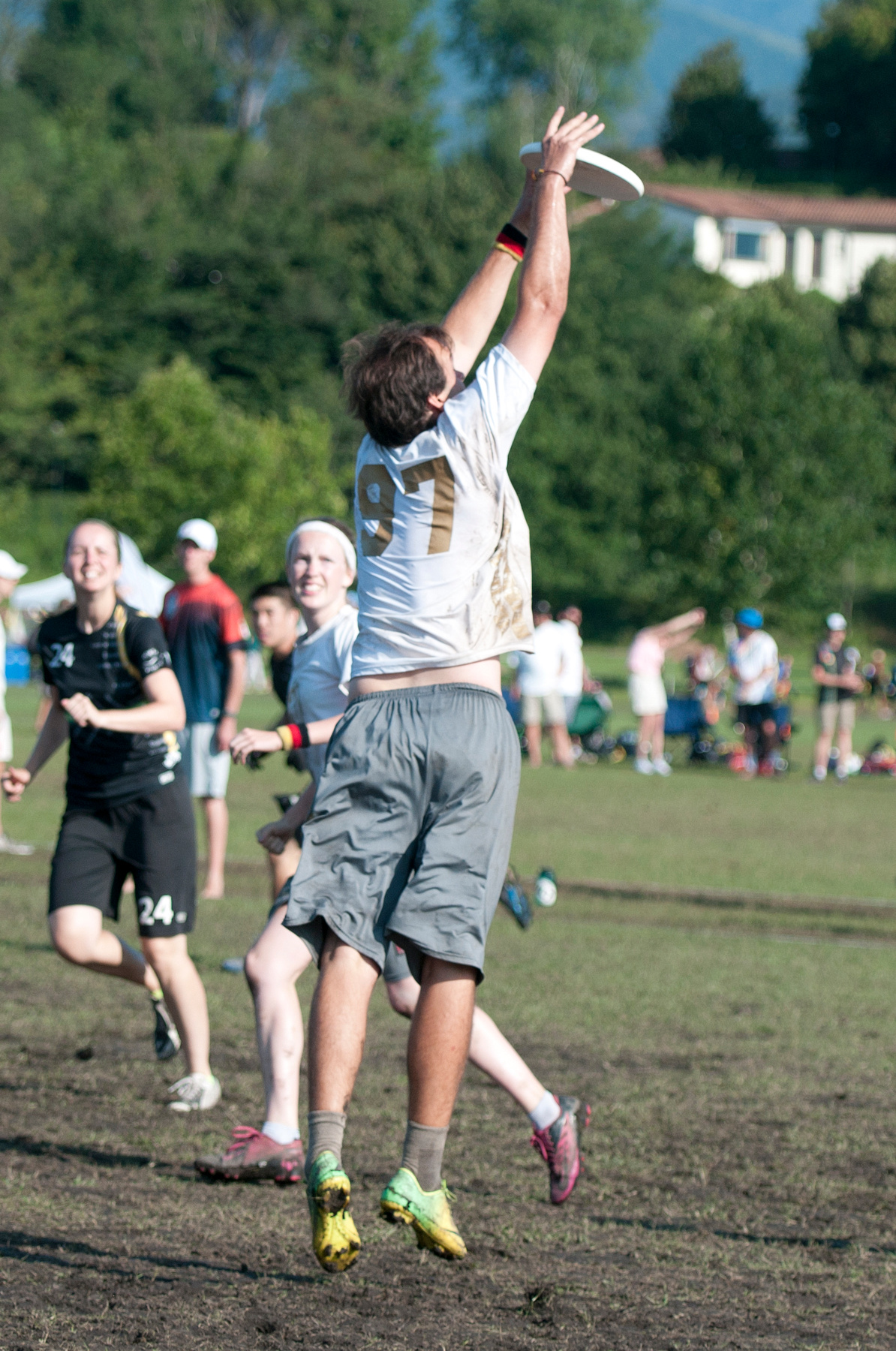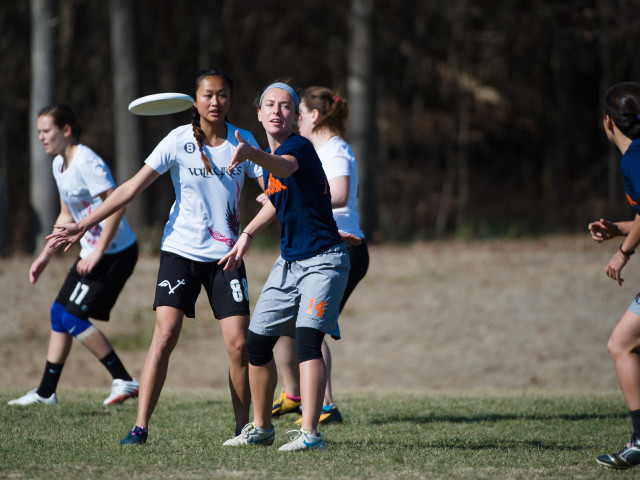 UltiPhotos.com" />
Jolie Lang - UltiPhotos.com
UltiPhotos.com" />
Jolie Lang - UltiPhotos.com
In the conclusion of this 6-part series, Brent Steepe, personal trainer of 23 years, stresses the importance of sound training methodology so that improvement in your athletic performance is a natural conclusion, not a chance.
This entire series has centered around the idea that you have to understand how your body works in order to design your own path to peak athletic performance. Success comes from working with your body, not against it. That means understanding your own unique needs and strengths as an athlete, using them to create a master plan. The first step is to understand how training should work in principle so that we can create action steps for ourselves as individuals.
Dynamic Fitness
For athletes, the difference between superior performance and status quo comes down to a series of moments. The bulk of these moments are found in training, preparing for that one time we need our body’s maximum capabilities. But how do you practice to ensure you can seize your moments when they come? How can we guarantee perfect huck placement, the maximum burst of speed in a cut, or even the incredible vertical other programs have promised but failed to deliver?
Start with the idea that practice should mimic game performance. There will always be dynamic variables in game situations that might detract from your ability to perfectly execute your plans. But one thing remains true: it’s essentially impossible to expect peak performance from your body in a game situation without proper preparation. More to the point, unless you train your body to overcome dynamic variables, no fitness routine will prepare you for the challenges on game day.
When in game mode, each person’s physiology is unique. When preparing for any physical contest, there are many training methodologies recommended, but almost all share one weakness: they do not allow you instantaneous access to your body’s athletic gifts. How many times did you practice laying out, only to hesitate in that big game? How many weeks did you execute that picture-perfect plyo approach to achieve maximum lift, only to jump off of the wrong foot? It’s important to understand this is not necessarily a mental issue, but rather a predisposition because of the ways you practiced, not covering the unique situations faced in game.

Jolie Lang – UltiPhotos.com
So what principles make a great training regimen for ultimate, preparing you for the unknown? Here are a few ways to link your practice to your skills and train for anything a game might throw at you.
- Practice performance variability. This is an idea absent from many training protocols when focus remains on proper form and execution for a specific event. A game is a series of events, though, moving seamlessly from one moment to the next. It’s crucial to understand that execution must be consistent throughout these varying moments in order to achieve your desired outcome. Using a limited number of exercises, especially with weight training or long distance running, will not build an adaptive athlete.
- Create passive neutrality. As we have learned, the body performs best when moving from a state of neutrality. For you to always be performance-ready, you must passively train your body to return to neutral, preparing for the next demand. In your training sequences, this can be accomplished by creating a series of neutral checkpoints in which you purposely position your body after extensive demand, so that even when you have achieved maximum output, your body knows what happens next: back to neutral in anticipation of the next required movement. This is one specific way to use practice to help you in every situation.
- Use a “disruptor” style activity. This is NOT a “superset”. This is requiring the body to do something completely outside the norm of the activity at hand. An example would be an acceleration run, with a consistent pace and then brief periods of maximum gait output. The disruptor would be to incorporate 5 maximum vertical jumps, then return to the acceleration run. This happens in a game situation all of the time, but how often do we actually train for it?
- Don’t get in the groove. When your body feels comfortable while training, this is an indication that you are (successfully) training for efficiency, not dynamic performance. To be ready for anything, you must practice sustained variability in your workouts, being sure to access all muscular fiber types as well as putting uneven demands on your circulatory and pulmonary systems (heart, blood vessels, and lungs). Please note the term “uneven” and do not confuse it with “unrealistic” or “dangerous”. As you begin any style of training varying from your norm, please consult a fitness professional for any concerns about pushing too hard or questions about how to structure a workout that works for you, maximizing your body’s unique characteristics.
- Make sure workouts are individualized or pre-assessed. There is no “one size fits all,” but there is a performance spectrum that can be utilized. Each athlete starts in a unique place, and as each performance metric is surpassed, there will be unique and unforeseen challenges for each athlete. It is important to remember that you are training against the shadow of yesterday, YOUR yesterday, to create fair and reasonable expectations and outcomes.
- Avoid the hype, gimmicks, and gratuitous equipment. This is a challenging principle for many athletes to adopt. Fads come and go: they start up, make their money, die out, and come back in another disguise. If someone tells you there is only 2-5 years of research behind a training method or product, expect it to go out the window in another 2-5 years. If your workouts are always experiments or trials quickly to be outdated, are they truly helping you, or are they simply a best guess?
From the first time we take the field, we think things like, “I wish I could throw like…” or “I want to run as fast as…” or “if I could sky like…”. Without even realizing it, our goals begin to take shape. With this new application of dynamic fitness, a potential conflict is introduced. As discussed earlier, this concept is not about a series of isolated events. So how do we track performance and set goals in a performance continuum, as opposed to isolated metrics? Simply put, the trend is your friend. As each workout week becomes a piece of history, look back closely to identify the difficulty then, and the ease of performance now.
Adaptation to new workouts and “disruptors” takes less time, it’s easier to master a given new activity, and your body no longer feels wiped out or ready to shut down any particular system, week by week. Using this kind of evaluation mindset, you can continue to build a strong and variable training platform for long-term success. Most importantly, you will develop the confidence necessary to execute on demand when it is time to take the field!

Kevin Leclaire – UltiPhotos.com
This wraps up our Advanced Athletic Development series, merely skimming the surface of what there is to learn about true fitness. You may be asking “So Brent, where do we go from here? Is there a training program for ultimate that incorporates these advanced principles, values, and truths about the body and performance?” Answer: Yes, there certainly is now!
What I love about this sport the most is the highly passionate, intelligent, and accepting people of the ultimate community. Once I became immersed, it didn’t take long to understand that the community has been largely underserved in terms of true and time-tested information about fitness, diet, athletics, performance, etc., even to this day. Methods drawn up from common misconceptions and cursory research is what will continue to allow two-thirds of ultimate injuries to come from overtraining and improper body control.
Luckily, while networking I was able to come across a young and innovative company: Aero Ultimate. They began to specialize in developing systems and solutions for ultimate’s many current and upcoming challenges. By working with them in understanding the specific and variable of needs of the ultimate community, we have taken lessons learned from 20+ years and 500+ successful clients to generate a continuum of ultimate-specific workouts with a touch of personal training.
The system is called Spectrum, by Advanced Ultimate, and we are excited to open it up to the public after two years of beta testing. If you are interested in continuing this journey of education, whether you are a new or seasoned athlete, our team would like to work with you for your individualized assessment and success. For the month of April, we are opening our email doors wide open for you to tell us about your athletic journey, rehab history, current training challenges, and performance goals. Contact our team at advu@aeroultimate.com
I would like to thank Skyd Magazine for this opportunity to write and widen our discussion of fitness within the ultimate community. Together, and with the right information, we can eliminate preventable injuries and improve the performance of our sport’s athletes.









Comments Policy: At Skyd, we value all legitimate contributions to the discussion of ultimate. However, please ensure your input is respectful. Hateful, slanderous, or disrespectful comments will be deleted. For grammatical, factual, and typographic errors, instead of leaving a comment, please e-mail our editors directly at editors [at] skydmagazine.com.